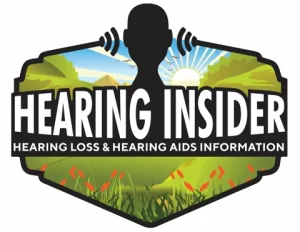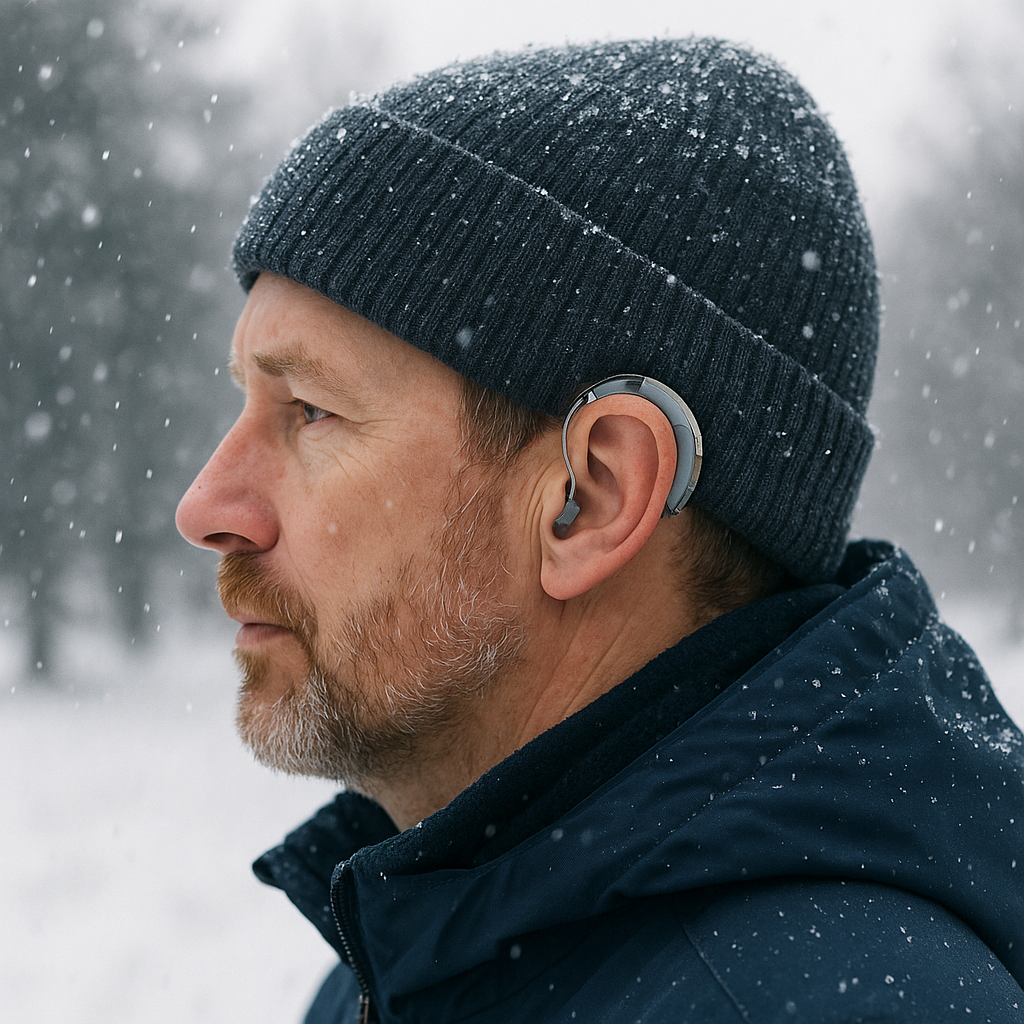h1
Winter weather is tough on hearing aids. Here’s how cold temperatures, condensation, and battery issues affect your devices—and what you can do to protect them.
Why Cold Weather Affects Hearing Aids
Hearing aids are sensitive electronic devices designed to operate best in mild conditions. In winter, they face unique challenges:
- Condensation buildup: Moving from cold outdoor air into a warm building causes moisture to condense inside hearing aids, leading to muffled sound or temporary failure.
- Battery drain: Hearing aid batteries, especially disposable zinc-air types, lose power more quickly in freezing conditions.
- Plastic brittleness: The shell and tubing of hearing aids and domes can stiffen in the cold, increasing the risk of cracks or breakage.
Condensation: The Biggest Winter Problem
When you step indoors from freezing weather, the warm air causes water vapor to form on cold surfaces—including your hearing aids. This can create:
- Distorted or “crackling” sound
- Intermittent shut-offs
- Corrosion of delicate microphone or receiver parts over time
Users often describe this as their aids “freezing up” even though it’s actually moisture buildup inside the device.
How to Protect Hearing Aids in Cold Weather
With the right precautions, you can minimize winter hearing aid issues:
- Wear a hat or headband: Keeping your ears covered helps trap warmth and reduces condensation.
- Use a hearing aid dehumidifier or dry box: Place your devices in a hearing aid dry kit overnight to remove moisture after coming indoors. Popular options include simple jars with desiccant or electric drying boxes that use gentle heat and UV light.
- Switch to rechargeable batteries: Rechargeable lithium-ion batteries perform better in the cold compared to zinc-air disposable batteries.
- Carry spare batteries: If you rely on disposables, keep extras in a warm pocket—not in the glovebox.
- Check vents and tubing: Make sure hearing aid vents and earmolds remain clear so air pressure equalizes properly.
Recommended Dry Aid Kits
To keep your hearing aids safe from condensation this winter, try one of these highly rated options:
- Electronic Hearing Aid Dryer & Dehumidifier – Uses gentle heat and UV to sanitize and dry your devices overnight.
- Hal-Hen Super Dri Aid – A simple, reusable desiccant jar perfect for travel or budget use.
What to Do If Your Hearing Aids “Freeze Up”
If your hearing aids cut out or sound distorted after coming indoors, don’t panic. Try these steps:
- Remove the hearing aids and gently wipe them with a soft cloth.
- Place them in a dry box or drying jar for a few hours.
- If you use disposable batteries, replace them with fresh ones.
Most of the time, your devices will return to normal once the condensation evaporates.
Final Thoughts
Cold temperatures and winter weather don’t have to keep you from hearing clearly. By protecting your devices with hats, using a dry box, and managing battery performance, you can enjoy the season without worrying about hearing aid freeze-ups. If problems persist, schedule an appointment with your audiologist to check for moisture damage.

